-KATHMANDU
A private Nepalese carrier’s aircraft was hit by a bird shortly after take-off from Tribhuvan International Airport, Kathmandu on 17th September, 2018 Monday, but the Pilot in Command continued to fly, risking the life of 52 persons on board.
Eyewitness noticed the Bird Strike while the aircraft was rolling for takeoff and expected the aircraft to land but it continued its flight. This has alarmed authorities on taking initiatives for preventing from accident and I know there will be lots of eyebrows raised on the Pilot discretion to continue its flight, an aviation expert quoted.
The Saurya Airlines’ CRJ200 jet aircraft bound for Biratnagar flight was hit by a bird. Though the pilot felt something striking the plane, he continued to fly as he failed to establish what it was, Tribhuvan International Airport (TIA), source added. The Pilots did not even report the Air Traffic Controller (ATC) Tower about the strike. A dead bird was found on the runway immediately after the plane took off.
Pilot Rai called for an emergency landing at Biratnagar airport after the jet began vibrating midway into the flight. However, he had initially informed Biratnagar tower that he suspected a bird strike and later said he dismissed the possibility. As the pilot was not sure about the bird strike he continued the flight, said the official.
The Bombardier CRJ200 aircraft has suffered damage in two blades of its left engine. The aircraft has been brought back to Kathmandu from Biratnagar airport for maintenance after being inspected by technicians. There were 52 persons on board the aircraft including four crew members. However, all the passengers and crew members on board the aircraft were safe.
“Aircraft are designed and built to withstand bird strikes and pilots undergo rigorous training to enable them to deal with eventualities like a bird strike,” said flight safety specialist.
“Losing one engine is not going to cause an aircraft to crash because they are designed to fly with one engine down,” said flight safety specialist. “However, multiple bird strikes – or hitting large birds– can and have caused serious accidents.”
The most notable recent example of this was 2009’s US Airways Flight 1549, dubbed the “Miracle on the Hudson”.
“Birds don’t clog an engine but can bend or fracture the internal blades, causing power loss,” explains Smith. “The heavier the bird, the greater the potential for harm. Flying at 250 knots (the maximum allowable below 10,000 feet, where most birds are found) hitting an average-sized goose will subject the plane to an impact force of over 50,000 pounds. Even small birds pose a threat if struck en masse.”
Bird Strike is common and can be a significant threat to aircraft safety. For smaller aircraft, significant damage may be caused to the aircraft structure and all aircraft especially jet engined ones, are vulnerable to the loss of thrust which can follow the ingestion of birds into engine air intakes. This has resulted in a number of fatal accidents. Bird strikes may occur during any phase of flight but are most likely during the take-off, initial climb, approach and landing phases due to the greater numbers of birds in flight at lower levels. Since most birds fly mainly during the day, most bird strikes occur in daylight hours as well.
Pilots have very little training in wildlife avoidance nor is training required by any regulatory agency. However, they should not takeoff or land in the presence of wildlife and should avoid migratory routes, wildlife reserves, estuaries and other sites where birds may congregate. Pilot best discretion after bird strike during takeoff is to return and land at takeoff aerodrome or during flight the Pilot should land at the nearest airport available with the required facilities. However, they should not takeoff or land in the presence of wildlife and should avoid migratory routes, wildlife reserves, estuaries and other sites where birds may congregate. When operating in the presence of bird flocks, pilots should seek to climb above 3,000 feet (910 m) as rapidly as possible as most bird-strikes occur below 3,000 feet (910 m). Additionally pilots should slow their aircraft when confronted with birds.

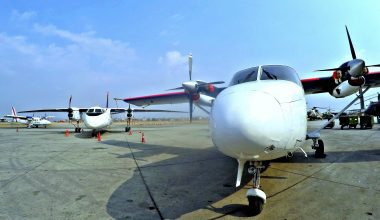
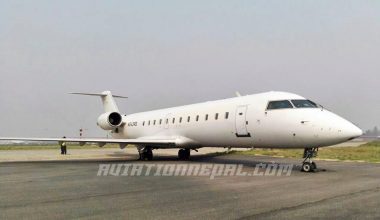

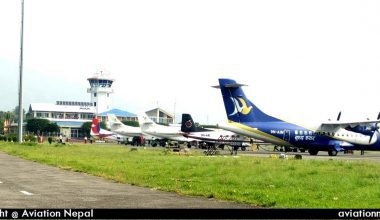
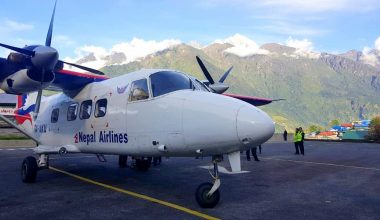
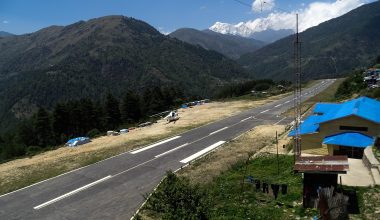
Comments are closed.